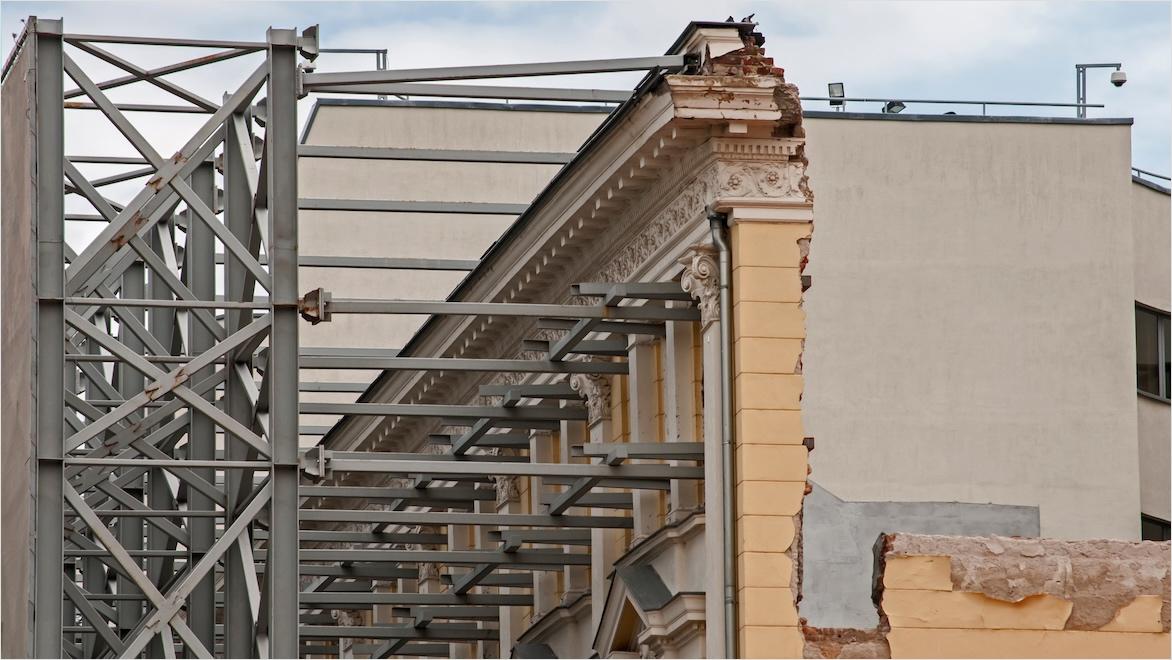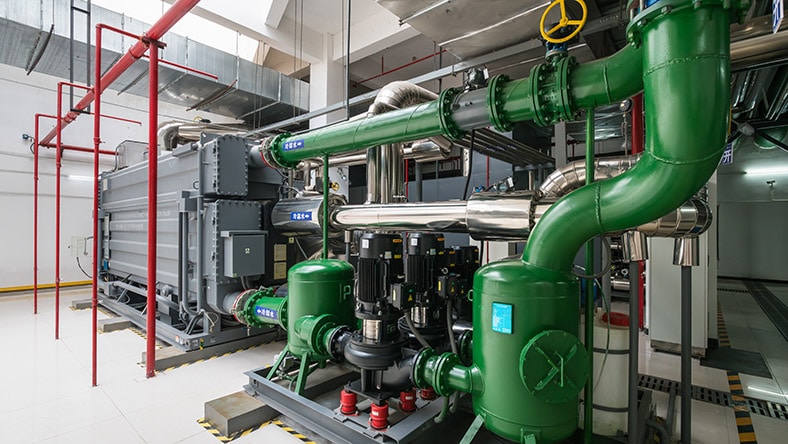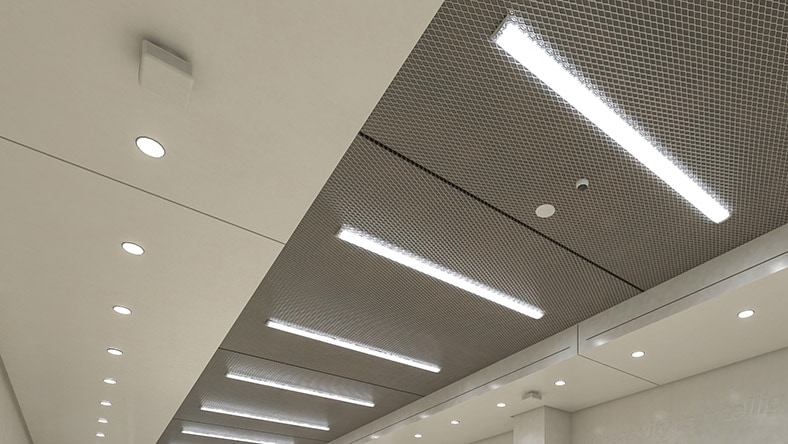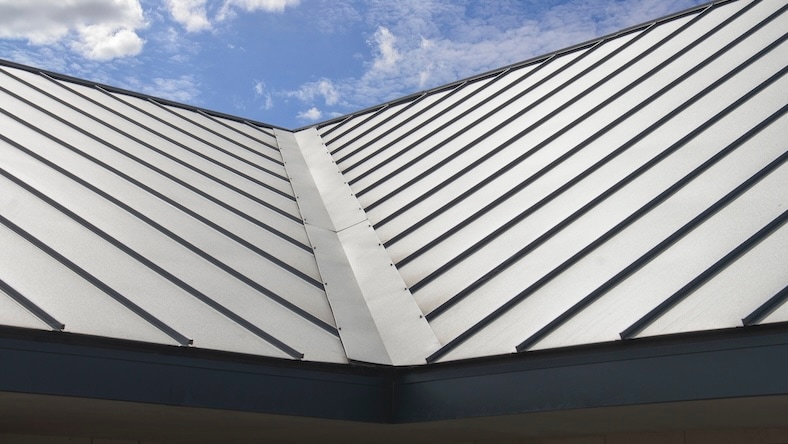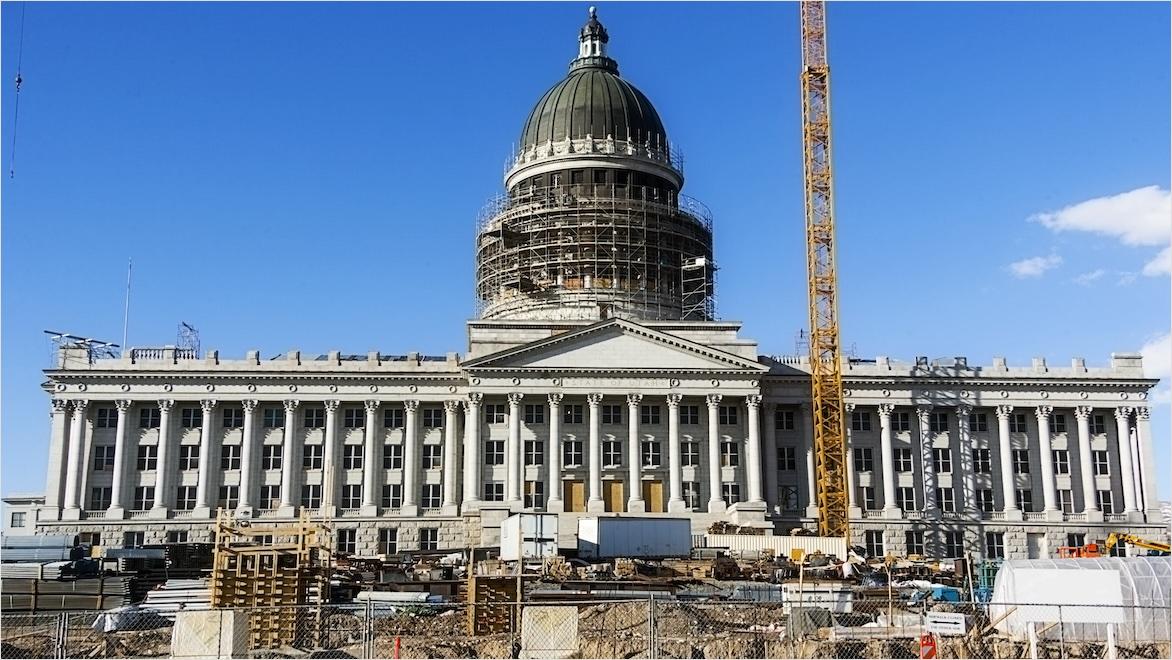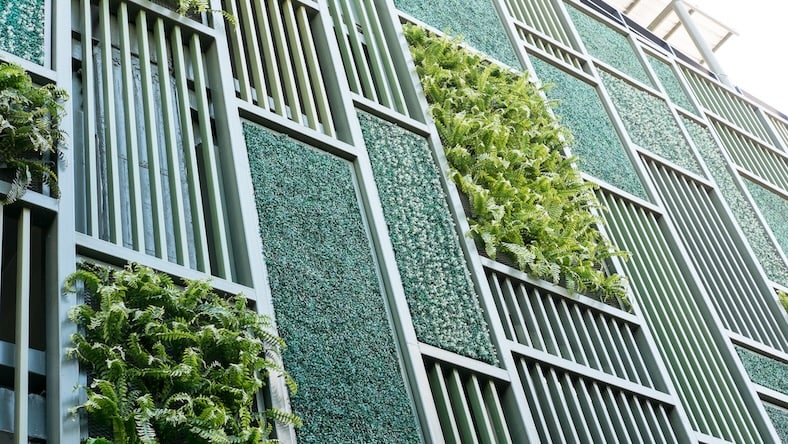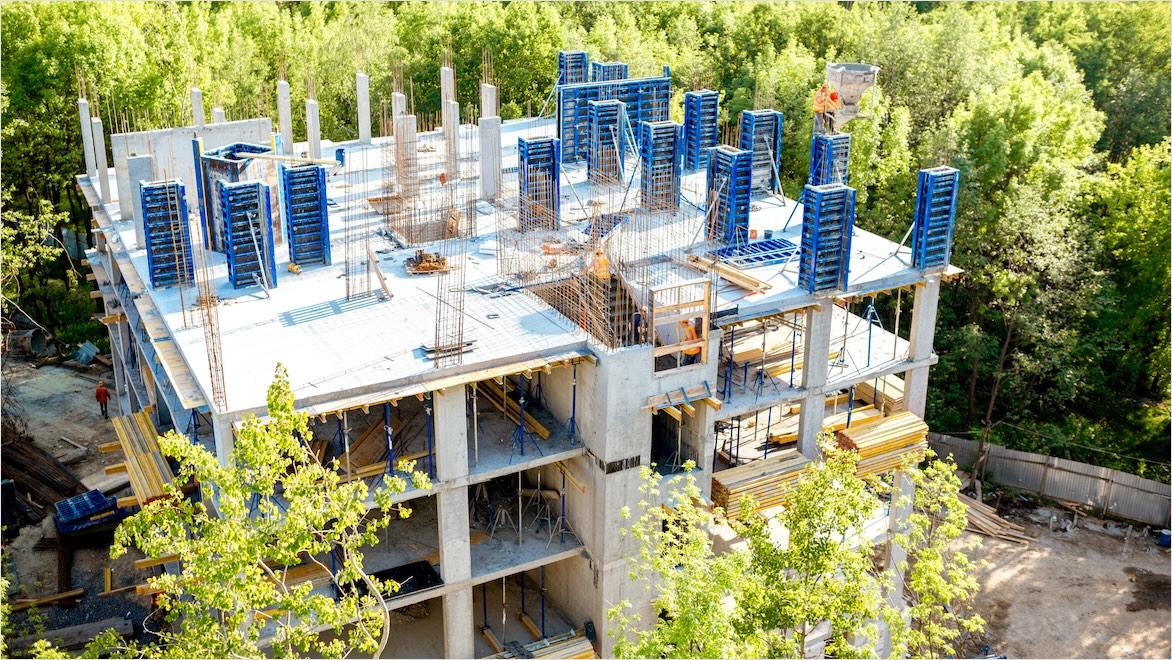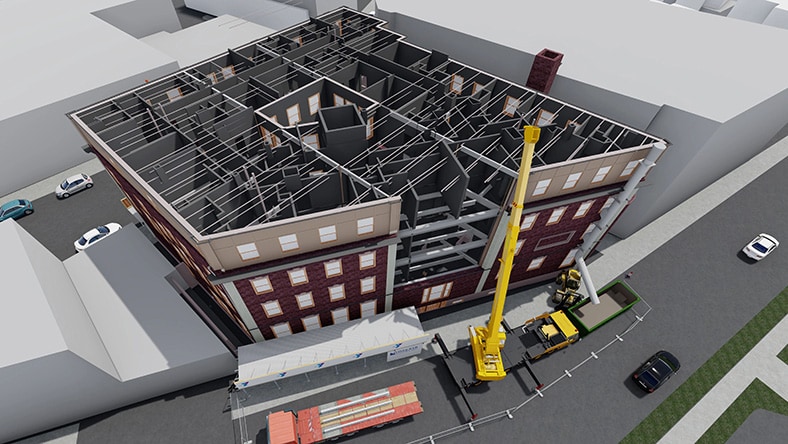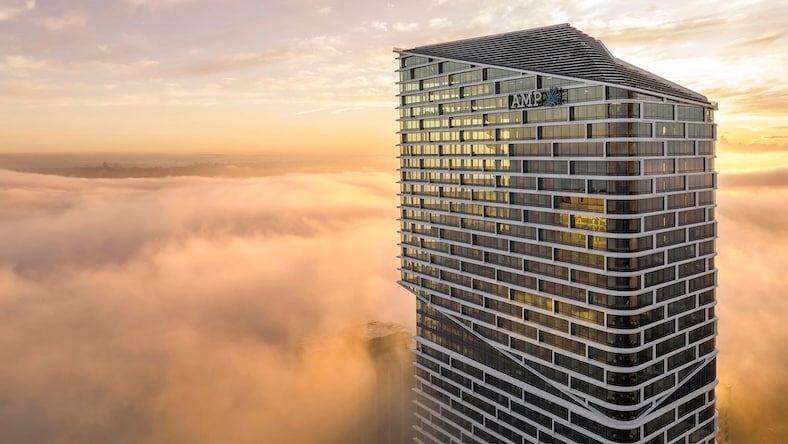& Construction

Integrated BIM tools, including Revit, AutoCAD, and Civil 3D
& Manufacturing

Professional CAD/CAM tools built on Inventor and AutoCAD
Retrofitting is the process of replacing and updating features and equipment in an existing building or structure to improve overall operational efficiency for existing applications. By bringing older systems up to date with new components and technology, retrofitting can increase energy efficiency, improve safety and functionality, and future-proof a building or structure to extend beyond its original design intent.
Retrofitting can take many forms, depending on the age of the building and the purpose of the retrofit. Examples include:
Heating buildings is one of the most costly and energy-consuming aspects of operating a building. Retrofitting buildings by replacing furnaces with electric heat pumps increases efficiency, as the device draws heat from an external source and uses it to heat the building. In the summer, heat pumps can also provide cooling by removing heat from the building and pushing it outdoors.
Retrofitting building systems that are used every day can yield considerable efficiency savings. Lighting is one example: Old halogen bulbs and fluorescent tubes can be swapped out for more efficient, longer-lasting LEDs. Your retrofitting design can also include the use of smart lighting systems which incorporate devices like motion and occupancy sensors and dimmer switches along with software to reduce the amount of power used by lighting infrastructure.
Buildings can become very warm during summer months when the roof absorbs excess energy from the sun. By retrofitting your building with modern reflective roofing materials, you can deflect a considerable portion of this and significantly reduce roof temperatures. This means there is less need to use air conditioning, increasing building efficiency.
Sometimes retrofitting is called for to mitigate a risk from the immediate environment. For example, in areas at risk of frequent flooding, homes can be elevated or flood-proofed to prevent water damage. Buildings can also be retrofitted to withstand the impact of hurricane-strength winds using hurricane shutters, structural reinforcements, and other building elements. And structural renovations fortify buildings against earthquakes.
If you own or operate an older building, you have two choices: demolish and rebuild or retrofit.
Retrofitting design projects might seek to reduce maintenance needs and extend the life of a building. They could also be used to minimize the effect of ground movement in earthquake zones. It’s also a common practice to retrofit a building’s roof to fortify other systems inside.
Retrofitting is a sustainable way to bring commercial building operations to peak performance, in many cases saving time and materials compared to building from scratch. The construction industry creates more than 40% of global greenhouse gas emissions, so improving the energy efficiency of buildings that already exist is one of the most effective ways to combat climate change. Retrofitting buildings can help structures and industrial facilities meet new environmental regulations and standards. This might involve installing pollution control equipment or upgrading processes to reduce emissions.
Though related, retrofitting buildings is distinct from renovation, which is more concerned with the aesthetic design and spot-repair of buildings and working spaces. It’s also different from historic preservation and adaptive reuse because retrofitting is concerned mainly with improving the way building systems operate.
Retrofitting can extend your building’s life, reduce your carbon footprint, and save you money, compared to building a new structure from the ground up.
One of the key benefits of retrofitting is that your building will save energy in the long term and will consume far fewer resources than constructing a new building.
Advances in retrofitting technology make it easier to future-proof investments as needs change, offering many financial advantages over building a project from the ground up.
Retrofitting minimizes the need for expensive, resource-intensive materials by upgrading existing structures instead of opting for new construction, lowering the project’s environmental footprint.
Instead of patching structural or building system problems piecemeal when they arise, retrofitting buildings can future-proof them against surprise costs by taking preventative measures.
Autodesk’s Architecture, Engineering & Construction Collection offers a suite of tools to aid you in designing your retrofit. Revit, for example, can be helpful for modeling and documentation, using building information modeling (BIM) to create and manage all information for building assets. BIM Collaborate Pro allows teams to collaborate remotely, in real-time on retrofitting design projects. ReCap Pro allows you to establish existing conditions quickly and more accurately, making it easier to model and document your design intent in Revit. AutoCAD can be used to modify existing CAD floor plans and produce updated documentation for clients and collaborators for review and approval processes.
One of the greatest future challenges for Europe is providing enough homes for the population, and doing so in a sustainable manner that meets green policy goals. Retrofitting older buildings can play a significant part in this, and retrofitting software is a crucial element of planning and managing this process.
Powerful BIM and CAD tools for designers, engineers, and contractors, including Revit, AutoCAD, Civil 3D, Autodesk Forma, and more
Plan, design, construct, and manage buildings with powerful tools for Building Information Modeling.
Cloud-based design co-authoring, collaboration, and coordination software for architecture, engineering, and construction teams. “Pro” enables anytime, anywhere collaboration in Revit, Civil 3D, and AutoCAD Plant 3D.
2D and 3D CAD tools, with enhanced insights, AI-automations, and collaboration features. Subscription includes AutoCAD on desktop, web, mobile, and seven specialized toolsets.
BUILD CHANGE
In 2019, Denver-based Build Change completed a six-year project retrofitting houses with low structural integrity in the urban sprawl of Medellin, Colombia.
WINDOVER CONSTRUCTION
When a 120-year-old YMCA building in Massachusetts needed updating, Windover Constructions took laser scans of the exterior, built a digital model, and reduced framing time by 70%.
Image courtesy of Windover Construction
BG&E
Discover how an Australian engineering firm transformed a Sydney high-rise into the Quay Quarter Tower, giving rise to new possibilities for adaptive reuse in architecture.
Image courtesy of Adam Mørk
This session from Autodesk University presents three cases studies showing BIM-driven retrofitting projects in which entire buildings or facilities are captured digitally to plan retrofits with sustainability in mind.
Analyzing the usage and performance of your current premises is often the first step toward planning an effective retrofit. This video will show you how.
“Informal housing” refers to high-density dwellings built without adequate adherence to codes and regulations that account for local conditions or risks from weather or landscape. Retrofitting entire communities can be a huge job in the developing world, but this video shows how automating retrofitting could help millions live safer.
Explore how Build Change used AutoCAD, Revit, Dynamo, and Forge to scale national retrofitting programs across 24 countries, impacting over 600,000 lives.
Explore the features of Autodesk Content Catalog, a cloud-based digital asset management tool that lets you manage and distribute the most up-to-date versions of BIM content, including Revit families and AutoCAD blocks.
A renovation is a visual or aesthetic overhaul of a building or area, often containing elements of maintenance and repair for existing damage or wear and tear.
A retrofit is a plan to change the building as a whole or a specific function within it for better performance. Whether it’s adding better insulation to improve heating and cooling, sunlight-reflecting windows, or other updates, retrofitting a building makes it work better, rather than just making it look better.
Retrofitting is the process of changing your current building to improve metrics such as sustainable energy inputs, reduced emissions, or structural integrity.
Replacing a building entails your construction partner demolishing and removing the building in its entirety, and then your architectural partner drawing up plans for new premises to include better systemic performance and sustainability.
The Los Angeles City Hall’s foundation, base, and structure stood firm for a century, but the exterior wall masonry was showing the effects of numerous earthquakes.
Engineers were tasked with seismically retrofitting the building while retaining its historically significant architectural elements. More than 400 base isolators were placed inside structural columns and a four-foot-wide perimeter moat was dug underground; both of these upgrades were designed to let the building move without damage during seismic events.
This is an ideal example of retrofitting—the design and structure were retained, and the safety-improvement work is invisible.
Retrofitting is not always structural, but it certainly can be. In many cases, old buildings were constructed using materials or methods that became outdated decades or even centuries later.
When a building has strong cultural or historical significance, demolishing it is out of the question, often due to preservation laws. Instead, retrofitting the building while maintaining its aesthetics will make it safer for future generations to use and appreciate.
